Will Perp DEX lead the next bull market? Comparative analysis of the fee structure, indicators, and growth potential of six protocols.
Will Perp DEX lead the next bull market? Comparing six protocols' fee structure, indicators, and growth potential.Author: MooMs, Crypto KOL
Translation: Felix, BlockingNews
Currently, over 97% of derivative trading volume is executed on CEX. Perp DEX only accounts for 2.72% of the total trading volume, so there is enormous growth potential for Perp DEX, which could dominate the next bull market. This article provides information on the Perp DEX track.
- Top Projects
- Fee Structure Comparison
- Metric Comparison
- Growth Potential
- Most Promising Perp DEX
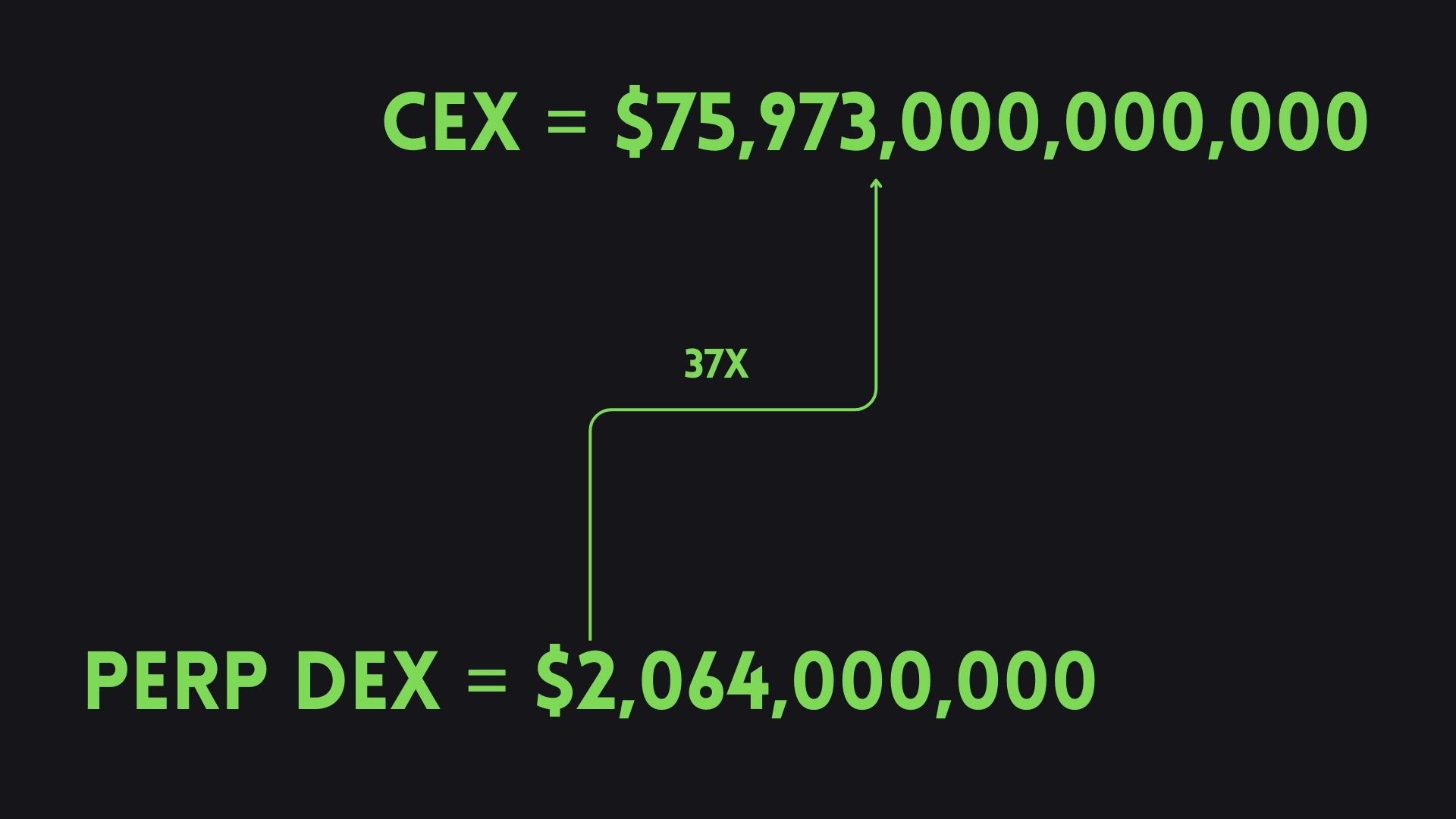
- Gemini: Customers affected by Voyager’s bankruptcy can file claims through opening an account on Gemini
- OKX BTC browser officially supports Lightning Network now.
- Warning of new scam: tricking you into thinking big players are buying memecoins by transferring “fake WETH”
Top Projects
GMX
GMX allows users to trade on the GLP pool, providing zero slippage spot and margin trading. GLP is the fund pool for GMX, which includes BTC, ETH, UNI, LINK, and four stablecoins. The massive advantage of this model is its composability; some protocols begin to create investment products that use GLP and its yield to generate additional revenue.
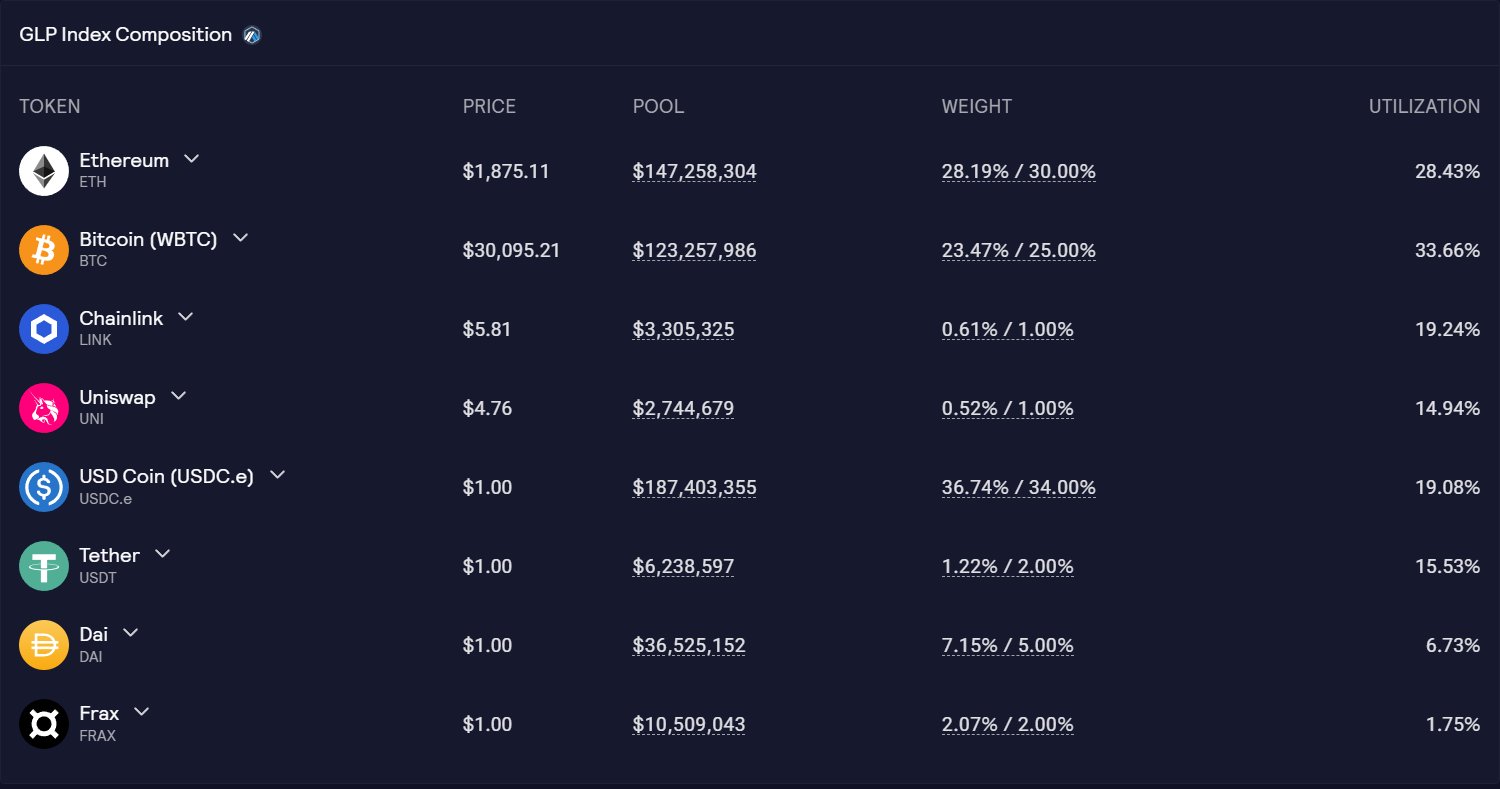
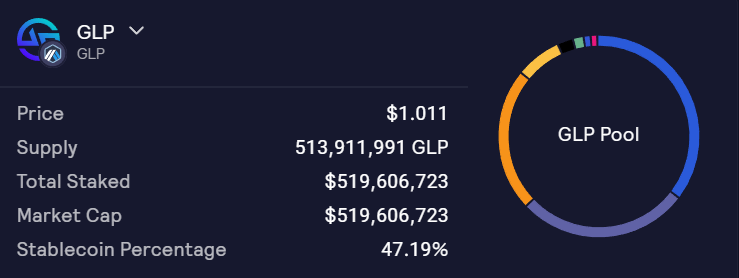
Listed Assets
Cryptocurrencies: up to 50x leverage
Token Economics
- Supply: 8,813,076
- XVIX and Gambit Migration: 45.3% (Note: GMX’s anonymous team has developed two other protocols, XVIX and Gambit)
- Floor Price Fund: 15.1%
- Reserve: 15.1%
- Liquidity: 15.1%:
- Presale Rounds: 7.6%
- Marketing and Partnerships: 1.9%
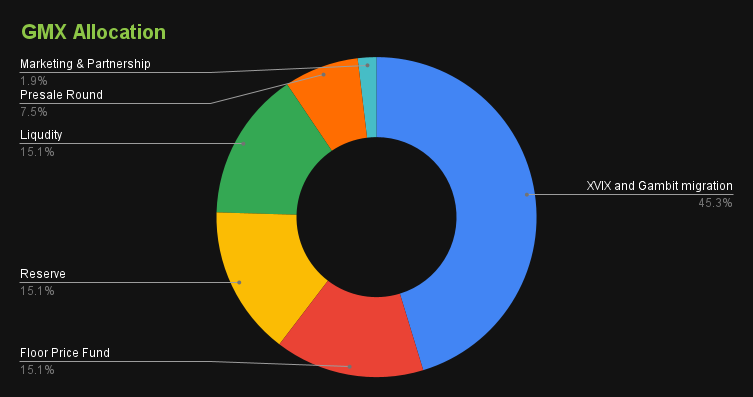
Although the platform only offers four currency pairs, the launched GMX V2 introduces synthetic markets, offering a variety of new currency pairs, including stocks and forex. In addition, it introduces isolation pools and lower fees to provide a better trading experience for users.
Related reading: A Comprehensive Interpretation of GMX V2
Gains Network
Gains provides a trading platform with multiple asset classes and high leverage. The platform uses the gDAI treasury as a counterparty, with the amount of DAI constantly changing.
When traders win, they receive a bonus from the treasury.
When traders lose, their losses are stored in the treasury.
Similar to GMX, Gains’ model is highly composable, allowing other protocols to integrate gDAI and build products on top of it.

Listed Assets
- Cryptocurrency: Up to 150x leverage
- Commodities: Up to 150x/250x leverage
- Forex: Up to 1000x leverage
Token Economics
- Total supply: 100 million
- Initial supply: 38.5 million
- Developers: 5%
- Governance: 5%
- Circulating supply: 90%
No seed rounds, no venture capital, no token locking.
Related reading: Decentralized Derivatives: Gains Network Challenges GMX as Top Competitor
dYdX
dYdX is the first derivative trading platform, offering leveraged trading for 36 cryptocurrency pairs (up to 20x). dYdX is the only platform using an off-chain order book, sacrificing decentralization for increased liquidity depth. However, the team is working hard to release v4 soon. dYdX v4 will be released on Cosmos, aiming to make the protocol fully decentralized. The new version will also introduce a highly anticipated feature: revenue sharing. DYDX stakers will earn a certain percentage of platform revenue.
Token Economics
- Total supply: 1 billion
- Investors: 27.7%
- Trading rewards: 20.2%
- Employees and advisors: 15.3%
- Airdrop: 5%
- Liquidity provider rewards: 7.5%
- Future employees: 7.0%
- Treasury: 16.2%
- Liquidity staking pool: 0.6%
- Security staking pool: 0.5%
Related Reading: dYdX vs. GMX: Who Can Lead the Next Round of Bull Market Derivatives DEX Narrative?

Kwenta
Kwenta is a decentralized derivatives trading platform that offers perpetual futures and options trading on Optimism. Currently, the platform offers over 42 pairs of cryptocurrencies, forex, and commodities with leverage of up to 50x.
Kwenta has partnered with Synthetix, which provides the underlying protocol for managing liquidity and directly supplying Perps. This partnership allows Kwenta to focus on user experience and interface design, while Synthetix focuses on liquidity mechanisms.
Similar to dYdX and GMX, Synthetix will release a new version of the platform in September. The new version has been in development for over a year and will offer features such as permissionless markets, cross-margin mode, and multi-collateral staking.
Token Economics
- Total Supply: 1 million
- Synthetix Stakers: 30%
- Synthetix + Early Kwenta Traders: 5%
- Investment: 5%
- Community Development Fund: 25%
- Core Contributors: 15%
- Kwenta Treasury: 20%
Related Reading: Trading Fee Innovation, A Quick Look at Derivatives Trading Platform Kwenta’s Rise to Prominence?
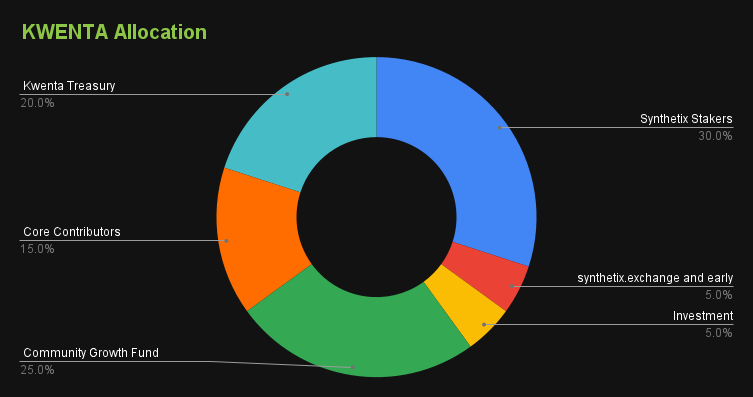
Level Finance
Level was launched in December 2022, offering spot and leverage trading for BTC, ETH, and BNB (up to 50x). Level has gained a lot of attention for its “loyalty program,” which rewards traders with 16,000 LVL per day. Much of the trading volume and fees come from this program, and users can earn annual interest rates ranging from 85% to 206% on their assets through three tiers. Miners can choose whether to deposit their assets into a lower-risk pool and earn a lower annual interest rate, and vice versa.

Token Economics
- Total Supply: 50 million
- Liquidity Providers: 36%
- Community Incentives: 34%
- Team: 20%
- DAO: 10%
Related Reading: A Look at 7 GMX Forking Projects: What Innovations Do They Have?

MUX Protocol
MUX Protocol is a perpetual DEX deployed on five chains that provides traders with deep liquidity and up to 100x leverage.
The two main features are:
• Leverage Trading: Users trade with MUXLP, the same model as GMX and GLP pools.
• Aggregator: Selects the most optimal liquidity path to minimize the trading price and depth of various Perp DEXs.
Token Economics
The protocol involves four tokens:
- MCB: The main token of the protocol
- MUX: Non-transferable token obtained by pledging veMUX or MUXLP
- veMUX: Governance token
- MUXLP: “Liquidity Provider Token”
Six major protocols and their key features have now been discussed, and the current landscape of the derivatives industry will be explored below.
Fee Structure Comparison

Trading Fees (Open/Close): dYdX has the lowest trading fees, ranging from 0% to 0.05% (based on trading volume size); MUX is next at 0.08%; and GMX and Level are both at 0.1%.
Funding Rate: dYdX is 0.01% every 8 hours; GMX and Level are both a maximum of 0.01% per hour; GNS, Kwenta, and MUX are dynamic.
Metrics Comparison
Currently, dYdX provides the best trading platform with the highest liquidity and lowest trading fees, currently holding a 64.4% market share among the top 6 DEXs. However, dYdX’s model does not allow them to list synthetic products like other protocols, so its competitors can take advantage of this to gain market share.
As previously mentioned, dYdX is working hard to launch a fully decentralized platform with a revenue sharing mechanism, so more user support is expected in the coming months.
On the other hand, GMX currently charges the highest fees, but they are working to address this issue. Interestingly, however, GMX’s trading volume is about one-fifth of dYdX’s, but generates about twice the fees as dYdX.
A similar situation also occurs with Level and GNS, where the trading volume is the same, but the fees generated by Level are about twice that of GNS.

Growth Potential
According to indicators, Level Finance is the most undervalued platform. Additionally, Level Finance has the best token economics, with strong LVL + LGO incentives.
GMX can also be considered undervalued, as it is the third-ranked protocol in terms of generated fees (year-to-date) among all DeFi protocols (excluding public chains), but ranks only 79th in terms of market capitalization.
MUX has the best TVL/Volume ratio, indicating high capital efficiency.
GNS and Kwenta are excellent choices for the next bull market, as they generate high revenue and have medium-low market capitalization.
Finally, dYdX is the safest choice, as dYdX is the leader in this field, has top capital support, and its upcoming new version should incentivize users to hold the DYDX token.
Most Promising Perp DEX
Below are the top DEXs entering the market in the coming months, which may occupy a larger market share in the future.
- Lexer Markets
- El Dorado Exchange (related reading: BNB Chain native protocol EI Dorado Exchange launches multi-chain layout )
- Tribe3 (related reading: Early exploration of the NFTFi derivative track: Where is the next “Blur”? )
- nftperp.xyz (related reading: Understanding NFTFi’s new project nftperp in one article: A perpetual contract trading protocol that tracks blue-chip NFT series )
- NEX_Protocol
We will continue to update Blocking; if you have any questions or suggestions, please contact us!
Was this article helpful?
93 out of 132 found this helpful
Related articles
- Bankless: The Prosperity and Challenges of Optimistic Rollup
- Inventory of DAO trends that have received ARB airdrops: Balancer, Radiant, Stargate DAO……
- Is cryptocurrency the biggest scam in history? A decade-long history of love and hate between enthusiasts and critics
- Evolution of the Web3 Community: The Decline of PFP Community and the New Dawn of NFT
- Web3 Gaming New Infrastructure: Listening to Thunder in Silence
- Who will win in this LSDfi war?
- Overview of the first digital asset “Ponzi scheme” case prosecuted by CFTC





